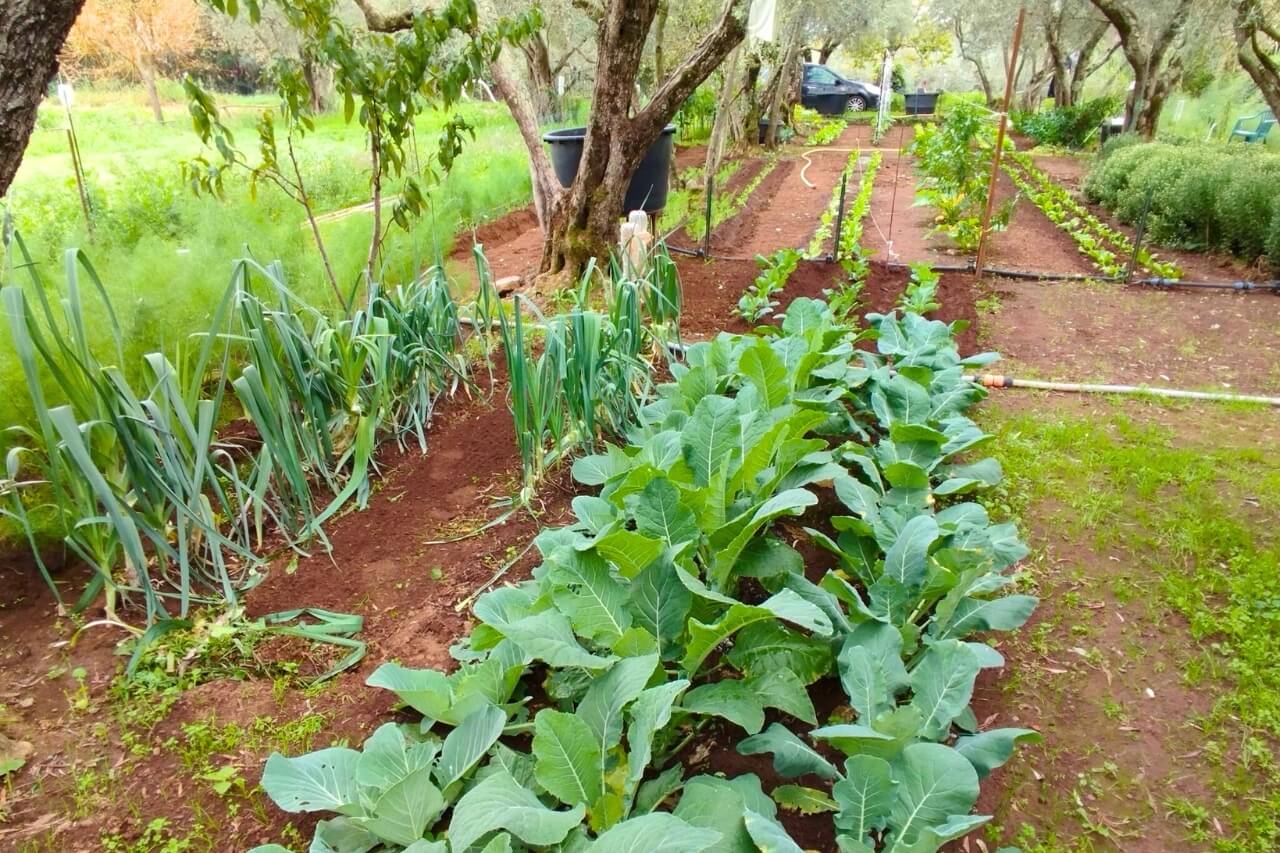Fall is a fantastic time to keep your garden growing.
In many regions of the U.S. (approximately USDA Zones 7–10) and the UK (hardiness Zones 8–9), late planting can still bring fresh veggies, even in early winter.
Many people don’t know it, but cool-season vegetables actually prefer the milder temperatures, and some will even taste sweeter when matured in chilly weather.
I’ve prepared below a simple guide to 10 must-plant vegetables, each with tips on growing them in backyard beds or containers.
1. Spinach
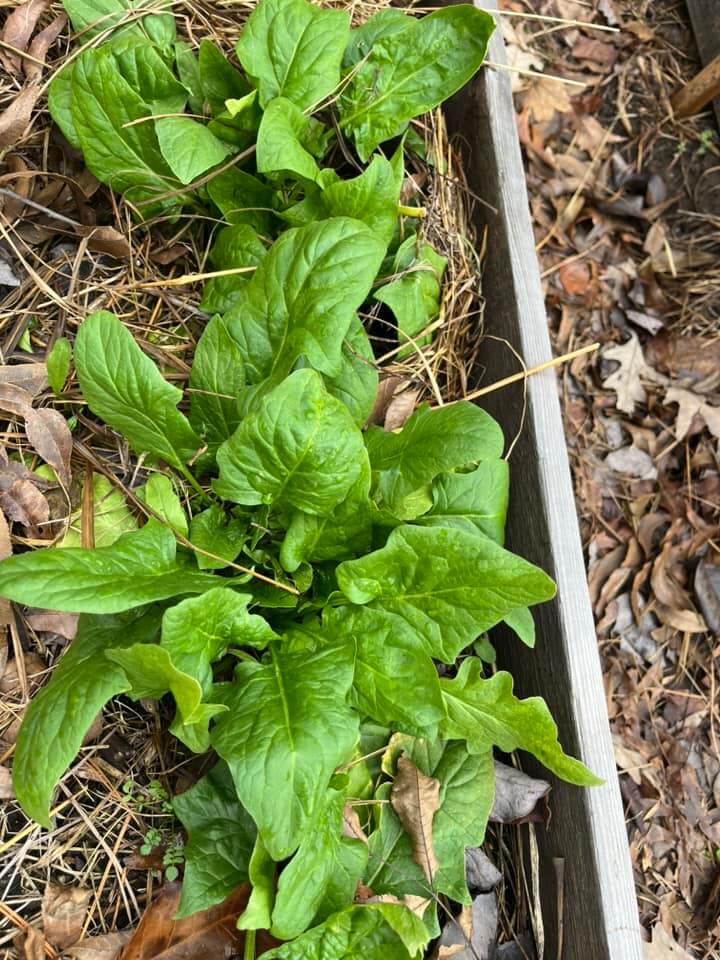
Spinach is definitely amongst the fall greens that love cool weather.
It grows quickly and can withstand light frosts, providing tender leaves well into autumn.
In fact, spring-sown spinach often bolts (goes to seed) in heat, but a late planting allows it to mature in mild conditions without bolting.
Many gardeners even enjoy overwintering spinach, with a bit of protection, established plants can survive freezes and resume growing in late winter.
Just keep in mind that spinach prefers full sun in the fall, even though partial shade is okay if early September or October are still warm.
And if there’s a hard frost, you can throw a fabric row cover over your spinach to extend the harvest. As I said earlier, with some protection, spinach plants can usually survive below-freezing temperatures and bounce back.
2. Lettuce
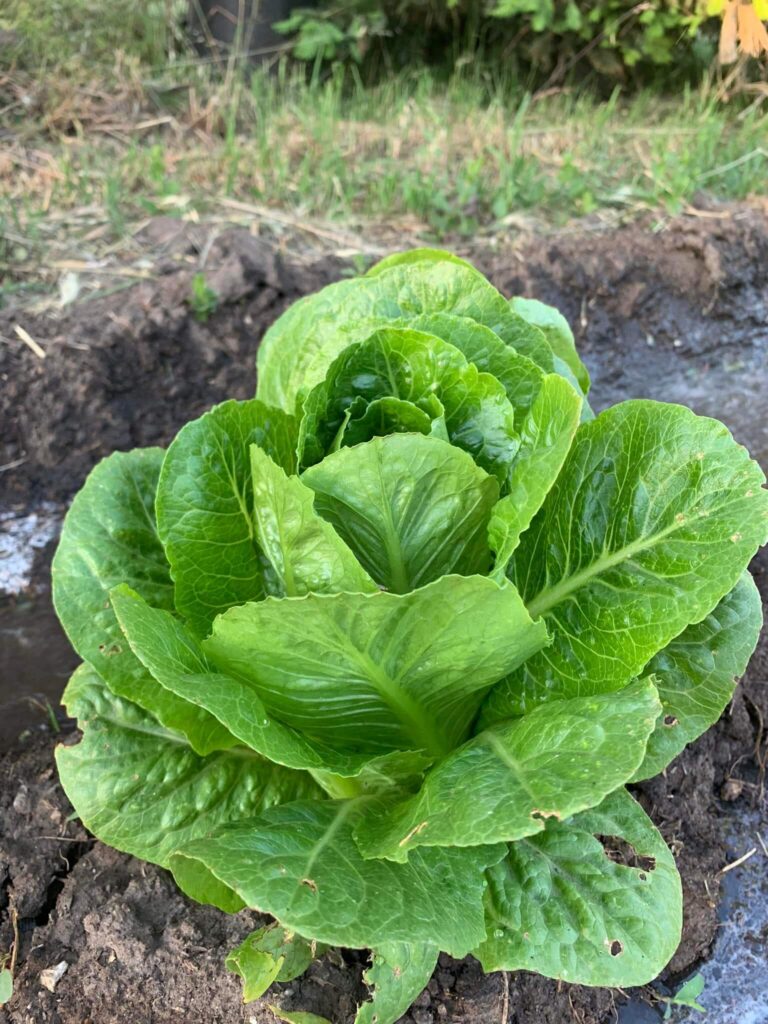
Lettuce (especially leaf and romaine types) thrives quite well in the cool days of fall.
As experienced gardeners will know, hot summer weather turns lettuce bitter and causes it to bolt, but planting in fall avoids that issue.
Sow lettuce seeds or set transplants and you could be cutting fresh salads in October and November.
In this case, the thing you have to keep in mind is that lettuce grows best when air temperatures range around 45–75°F (7–24°C), which makes fall an excellent planting window in many zones.
Similar to spinach, lettuce is somewhat frost-tolerant. A light frost won’t kill it, and you can still protect it from heavier frost with a simple cover to keep it going longer.
The last thing that I wanna say is that lettuce is very well-suited to container gardening because it has shallow roots. Use this method whenever possible.
3. Kale (and Collard Greens)
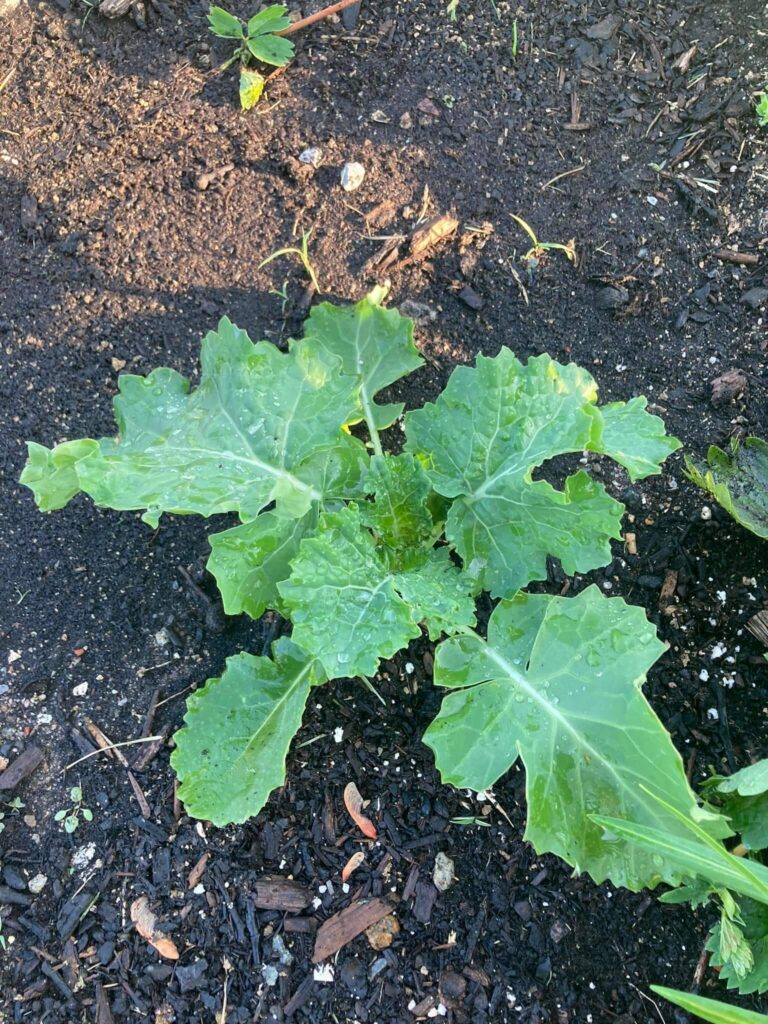
Kale is the real superstar of the fall garden. It thrives in cool weather and can shrug off frosts, getting even tastier after the temperature drops.
In fact, I don’t know why, but kale leaves develop a sweeter, mellow flavor with a bit of frost, which is a nice reward for autumn gardeners.
So you can still plant kale and it will grow well through fall and in zones 8–9 it may continue all winter.
Full sun is fine in fall for kale, but a bit of light shade won’t hurt either, especially if your early fall days are warm.
Just remember to keep the soil moist since consistent watering promotes tender growth. And again, as cold weather arrives, don’t worry much, kale can tolerate frost and will continue to grow.
4. Radishes

Radishes are one of the quickest veggies you can grow, making them perfect for a late-season planting.
Many radish varieties mature in as little as 25–30 days, so sowing them in early or mid-fall can easily yield a crop by the end of the season.
They don’t mind the cooling weather, and they usually turn out crisper and milder in the cool temperatures of fall. Just harvest them before the ground freezes hard.
Similar to lettuce, you can easily grow radishes in containers or window boxes since they have shallow roots; just ensure the pot is at least 6 inches deep.
For a continuous harvest, sow a few seeds each week through. Since they mature quickly, you can sow a late batch on warm soil and expect to pick them within a few weeks.
Check the list of the other 10 fast-growing veggies you can harvest in less then 1 month.
5. Carrots
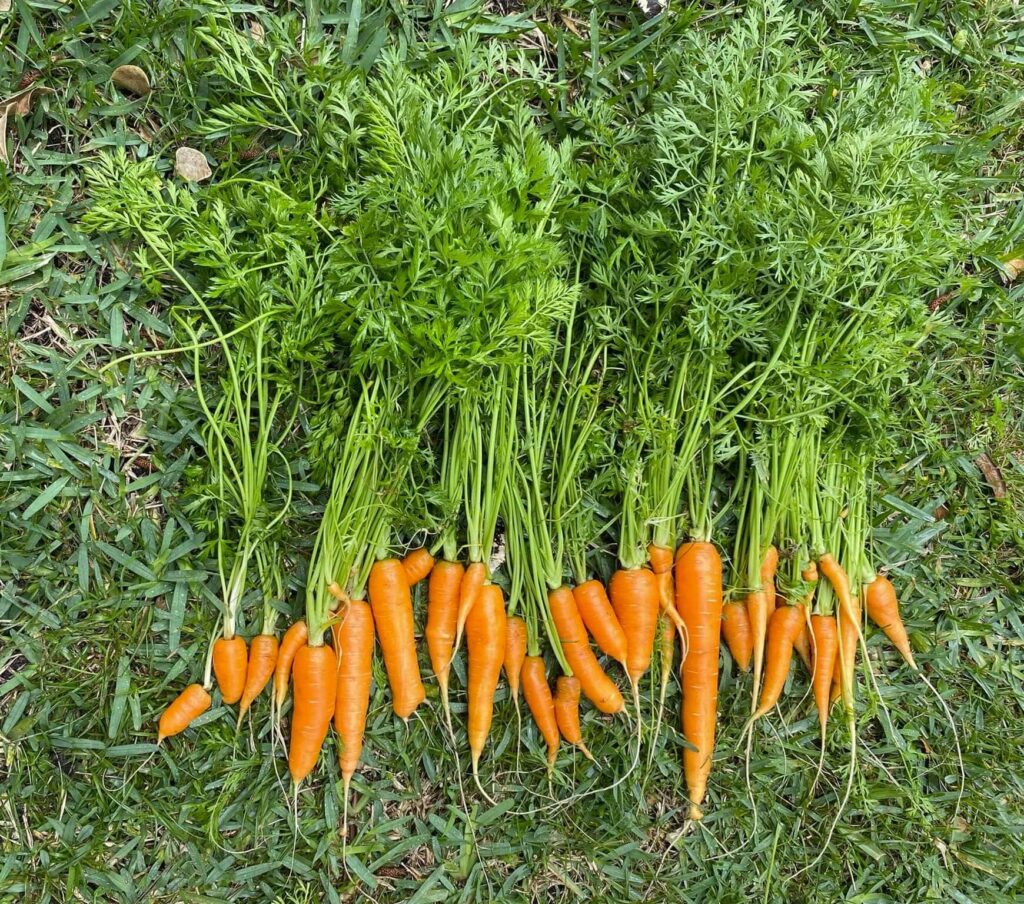
Carrots are a bit slower growing than radishes, but they are absolutely worth planting for a late fall harvest.
Many varieties take 60–75 days to mature, so carrots seeded around early October can be pulled for the end of November (or even later if your climate is mild or you use frost protection).
One great thing about carrots is their hardiness. They can tolerate a wide range of temperatures, from summer warmth to freezing cold.
In fact, carrots that mature in cool weather are often extra sweet. Cold causes them to store sugars, and some gardeners even overwinter carrots in the ground under mulch for super-sweet winter harvests.
As a tip, I can say that you should keep watering carrots regularly through the fall, because they need moisture as they enlarge.
And, as frost approaches, mulch over the carrot bed or cover it on freezing nights. They can usually survive freezes, especially when mature.
6. Beets
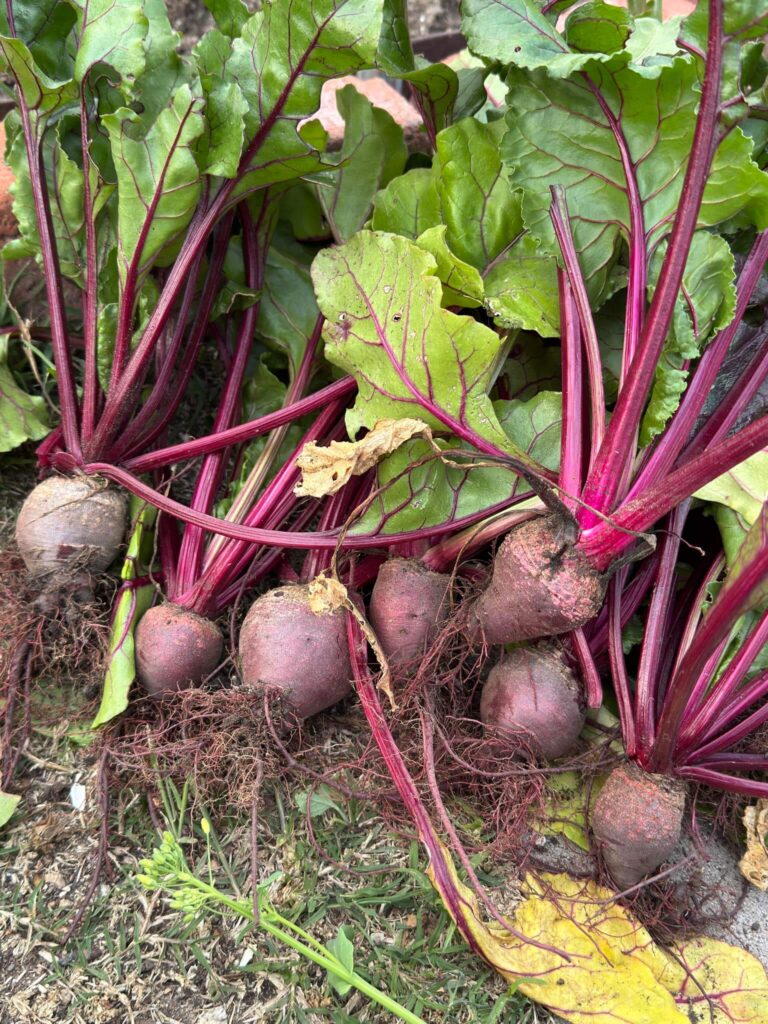
Beets are another root crop that thrives in the cooler days of autumn.
They typically require around 50–60 days from sowing to harvest.
Beets tolerate cool weather very well. They germinate best in warm, late-summer soil and then mature as temperatures drop.
The roots will be sweet and tender, and you can even enjoy the leafy greens, which are packed with nutrients. I also like to plant a mix of red, golden, and striped beet varieties for a colorful harvest.
In fall, you might find they size up a bit slower than in summer, but the quality is still excellent. And as I’ve previously mentioned, don’t forget you can eat the greens too. Fall-grown beet greens are often tender and mild.
7. Turnips
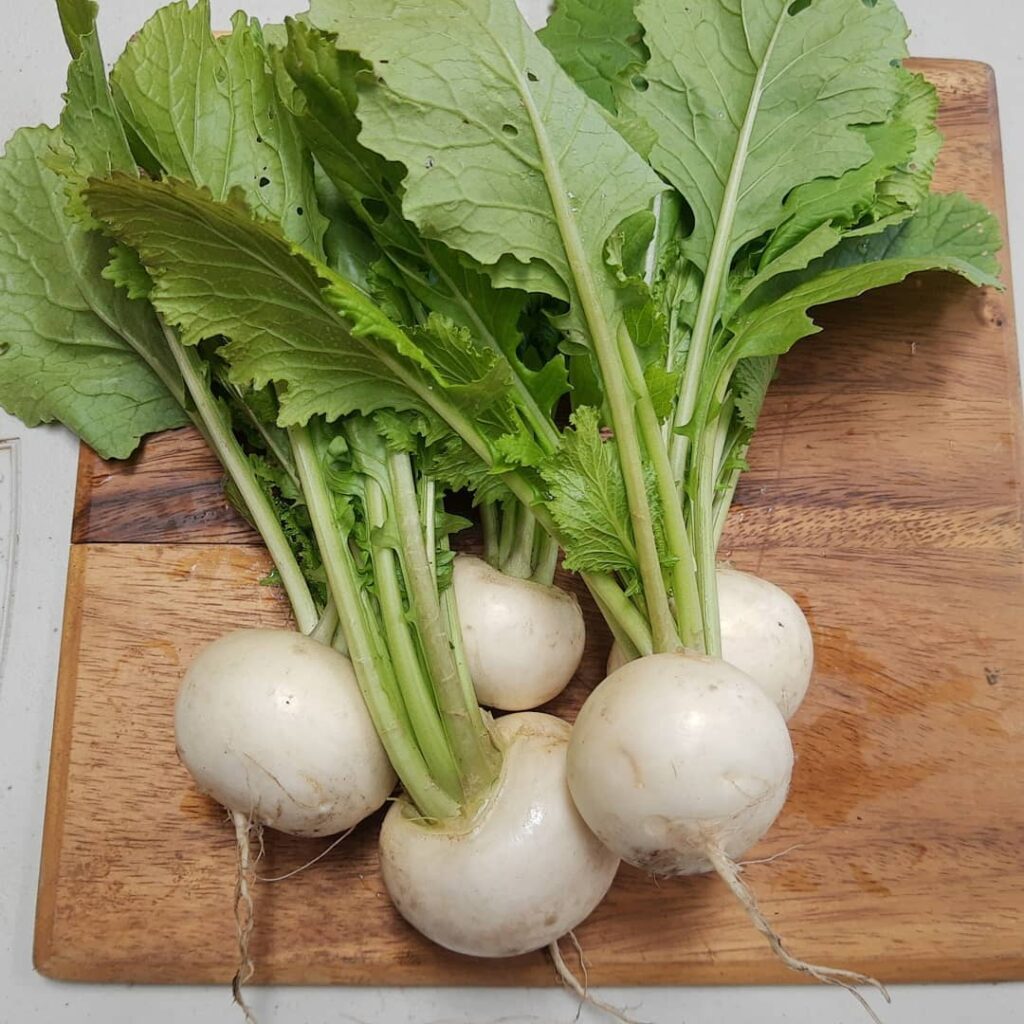
Turnips are a classic cool-season vegetable that definitely deserve a spot in this list.
Fast-growing turnip varieties (especially white salad turnips) can mature in as little as 40–50 days, and even larger turnip types will typically size up in 60 days or so.
In the UK, it’s common to sow turnips in September for harvesting in November and December – often pulling some young “baby” turnips in about six weeks and leaving the rest to get a bit bigger.
Like other roots we’ve seen, turnips develop excellent flavor in cool weather, and a light frost can even increase their sweetness.
I use them a lot in the kitchen; I like them roasted, mashed, or added to stews, and they are really versatile in many fall recipes.
PRO GARDENER: Both the turnip roots and their green tops (turnip greens) can be eaten, so this crop gives a double yield.
8. Broccoli
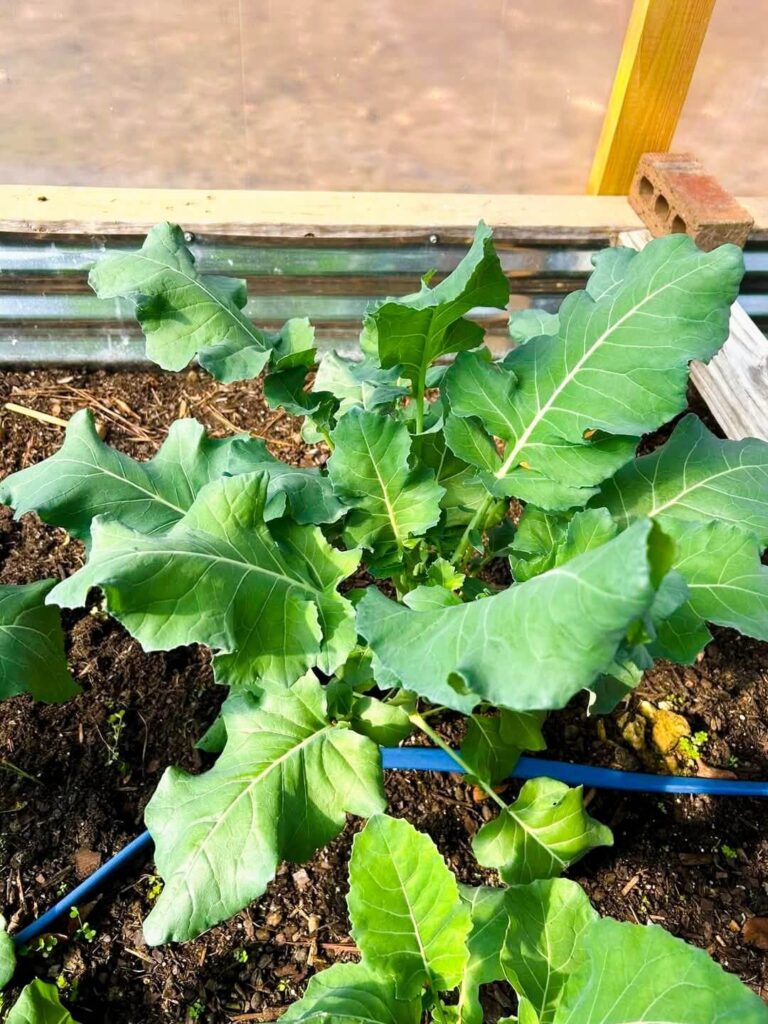
Broccoli is another cool-loving crop that often does better in autumn than spring because there’s less risk of hot weather causing bolting.
The only recommendation I give you is to use transplants (young broccoli plants) if possible, since starting from seed may not give the plants enough time to head up before winter.
Once in the ground, broccoli will steadily grow as temperatures cool. Even if the main central head doesn’t get huge before a hard frost, you can often harvest smaller side shoots for weeks.
As the fall progresses, don’t be alarmed by chilly nights because broccoli can handle light frosts without issue. If a heavy freeze is expected before your broccoli is ready, you can cover the plants with a row cover or even an old bedsheet overnight.
Often, they will survive and continue producing side shoots after the first frost, and you can harvest the main head when the flower buds are tight and green.
9. Peas (Snap Peas or Snow Peas)

Peas aren’t just for spring, as many people believe; you can still plant them and enjoy them before winter hits.
The key is to choose fast-maturing, cool-hardy pea varieties and get them in the ground as early as possible.
Pea plants actually prefer cooler weather and can tolerate light frosts; however, keep in mind that fall gardening with peas can be a bit of a weather gamble. An unexpected heat wave can stress young pea plants, or an early hard freeze can stop them.
Peas love a mild and relatively stable climate, so if the autumn is mild, you’ll be rewarded with sweet peas after most people have seen the last of them in their gardens.
10. Bok Choy
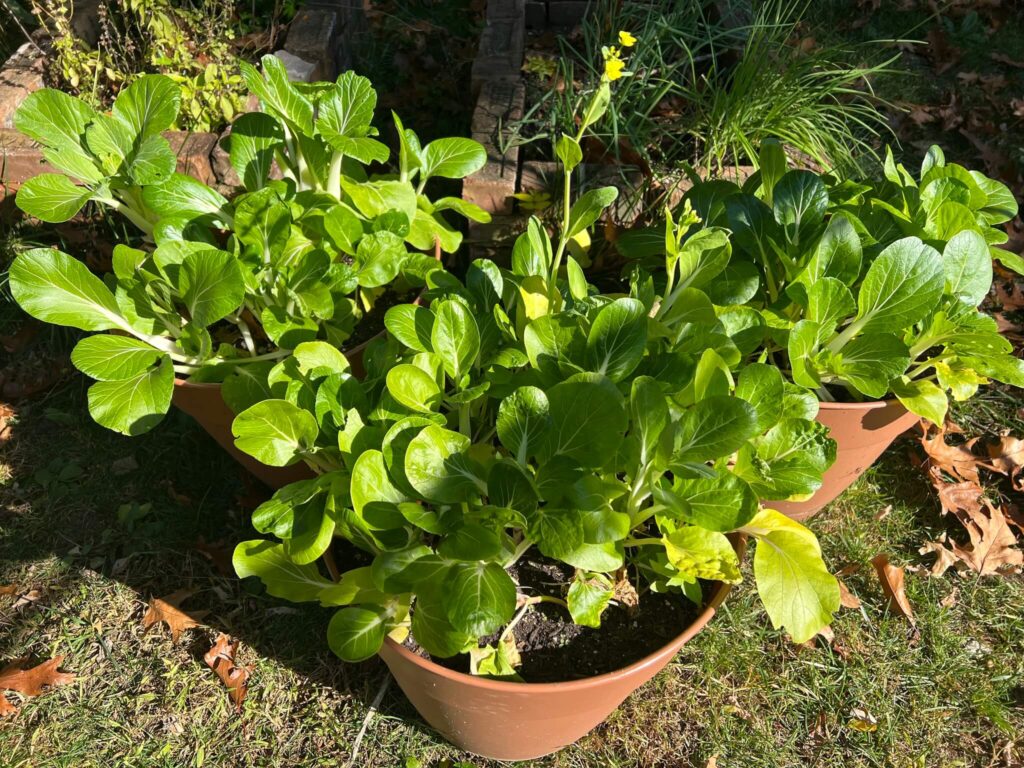
Bok choy is the last good option to plant in fall for a late-season harvest.
You probably already know it, as it has become very popular in recent years; it’s basically a Chinese cabbage that loves cool weather and grows very fast. Some smaller varieties can be ready to pick in as little as 30 days.
In cooler weather, bok choy forms crisp, juicy heads of green leaves with thick white stems (or green stems, depending on the variety).
Mature plants can handle light frosts, especially if lightly protected.
It is also among the vegetables that don’t need much sun, which is why I recommend looking at the list of the 10 vegetables that grow well in shaded areas.

